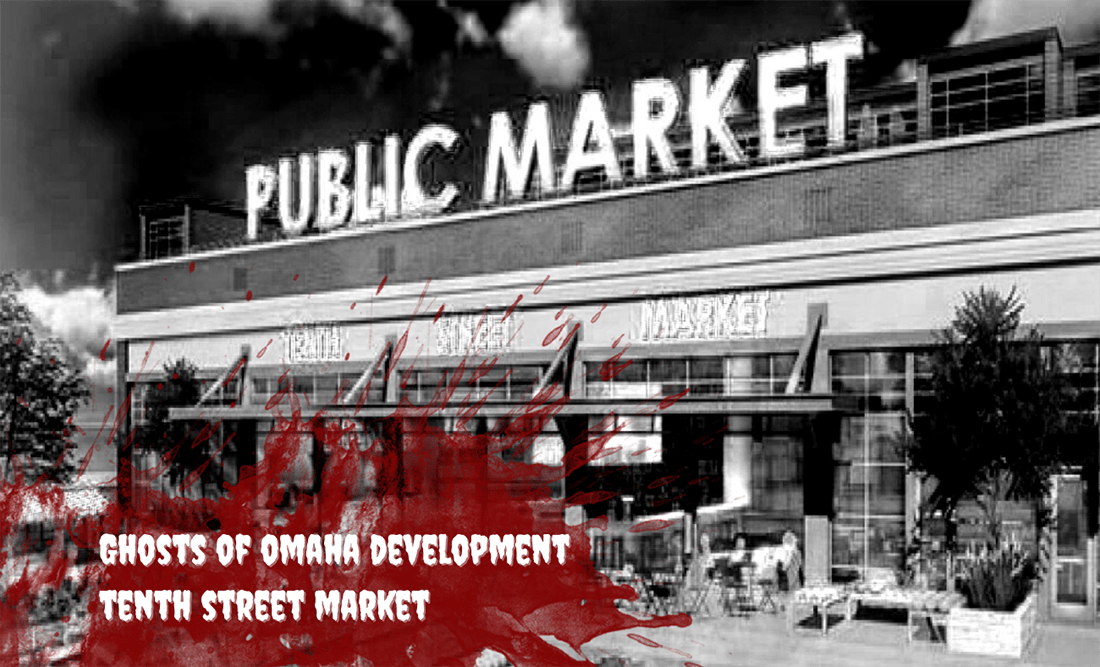Without community engagement, sustainable development is never guaranteed. Ghouls, zombies, and goblins aren’t as scary as the history of failed development in our city. In the spirit of Halloween, One Omaha is channeling the ghosts of developments past.
Downtown Omaha has long been considered a food desert. The U.S. Department of Agriculture defines a food desert as a census tract of land without ready access to fresh, healthy, and affordable food. Urban food deserts happen when only convenience and liquor stores are within walking distance, while grocery stores are accessible only by car and are not served by public transportation. Even when convenience stores and small grocers stock healthful foods, they are often too expensive for people with a low income to afford.
In 2014, Vic Gutman & Associates announced a plan for a not-for-profit indoor market – the “Tenth Street Market” – to take up residence in the 100+-year-old Omaha Postal Annex at 10th and Pierce Streets in downtown Omaha.
The mission of the Tenth Street Market was to offer fresh, healthy food from locally owned and operated businesses to an economically diverse crowd, with vendors required to accept public benefits, including food stamps. The market aimed to bring together people from all backgrounds, offering food preparation and nutrition education programs. Organizers planned to work with culinary schools and other entities to provide on-the-job training opportunities.
Before plans were scrapped in 2017, $3.4 million of an $18.6 million goal had been raised.
According to the Omaha World-Herald, the market’s proposed layout included:
- A grand staircase and elevator
- A 30,000-square-foot main market hall accessible from 11th Street. The space was to feature nearly 25 permanent tenants, including a butcher and baker, and a handful of day stalls for short-term tenants
- A 3,000-square-foot mezzanine area with a tasting room for a deli and microbrewery
- A 30,000-square-foot lower level opening to 10th Street and featuring a few sit-down restaurants, an area for events such as health- and food-related discussions, and a “back end” section for food production
- A 4,000-square-foot rooftop area with an enclosed restaurant and bar as well as open-air gathering space
Little public information was given when the market plans fizzled out in fall of 2017. Spokesperson Kristin Williams put out a statement: “Due to a variety of factors, it has become clear that now is not the time for the public market. As such, the board has decided to discontinue its efforts.”
Healthy and affordable food options for downtown Omaha residents remain sparse. Several convenience stores offer fresh grocery items, but no permanent grocery store or public market is slated for the area.
This blog was written by Noelle Blood-Anderson, One Omaha’s communications manager.

